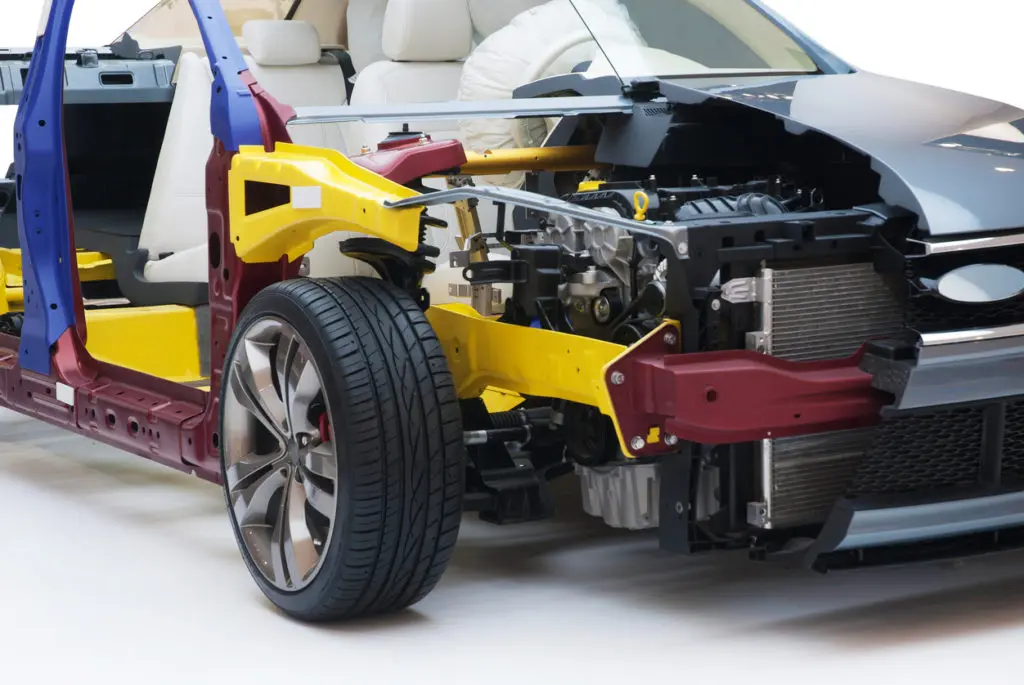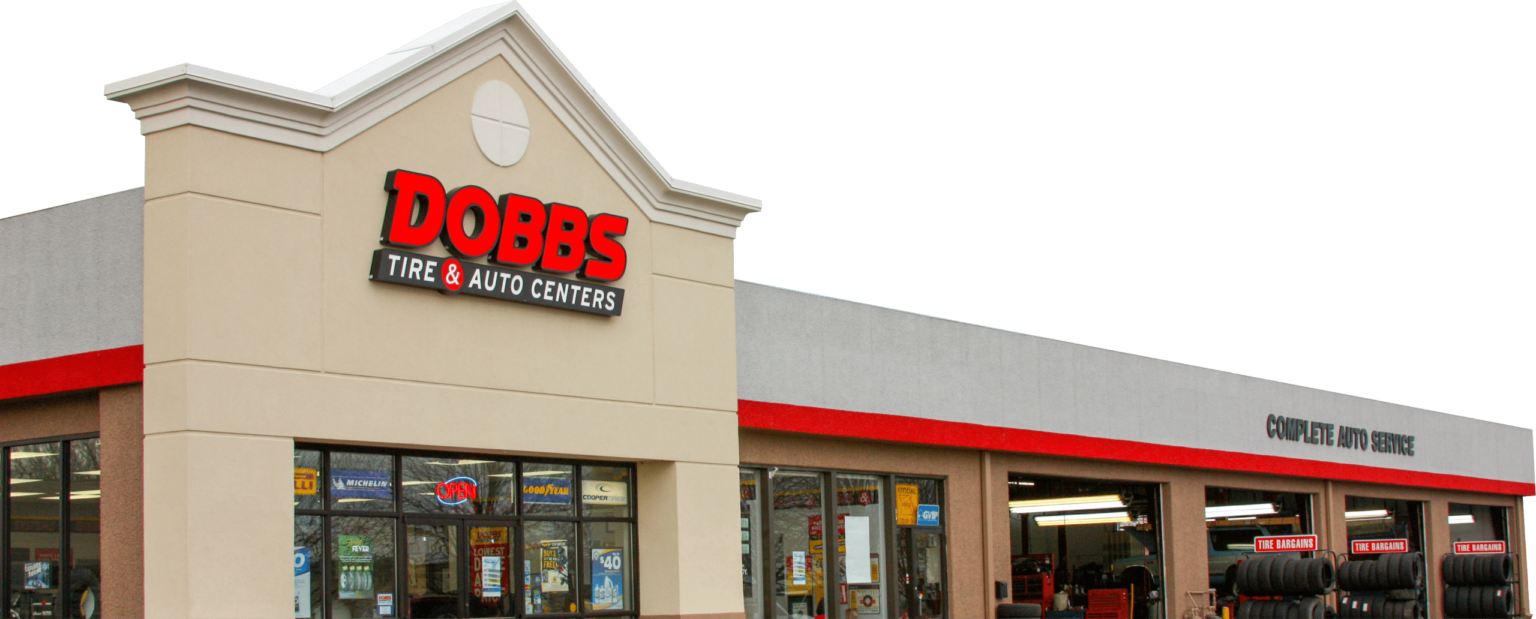How Vehicle Safety Systems Work – Part I
The first vehicles were essentially nothing more than four wheels, an engine, a seat, and some basic steering gear. The Benz Patent Motorwagen didn’t move very fast – it couldn’t – so safety was almost a non-issue. Even decades later, the first automotive speeding ticket was issued by a police officer on a bicycle. Still, as time went on, vehicles got more powerful and faster, significantly increasing safety problems that people were experiencing.
New Vehicle Safety Systems Needed!
Gradually, automakers started making vehicles safer, including vehicle safety systems such as hydraulic brakes, power-assist brakes, an emergency brake system, disc brakes, seat belts, rollover protection, collapsible steering column, and headrests. Airbags, seatbelt pretensioners, anti-lock brake systems, full disc brakes, and brake assist functions would come along in later years. Automakers also started constructing their vehicles to enhance safety, including crumple zones, shock-absorbing bumpers, high-strength safety-cell construction, padded dashboards, and laminated windshields.
Such safety improvements readily resulted in fewer injuries and deaths on the road. In 2015, for example, authorities recorded some 35,000 motor vehicle fatalities, or just over 1.1 fatalities per 100 million miles traveled. This is a significant improvement over the 1920s and 1930s, which recorded between 13,000 and 40,000 deaths, but between 10 and 24 per 100 million miles traveled! Automobile safety regulations, technology, and crash testing have contributed meaningfully to these improvements.
Today, there are numerous vehicle safety systems keeping us safe on the roads every day, but how do they work? Here are a few of them.
Anti-Lock Brake System (ABS)
On slippery roads, whether snow, frost, rain, or gravel, locking up the brakes is the last thing you want to do. With the brakes locked, you can lose traction and control of your vehicle, possibly leading to an accident. The old rule of thumb was to “pump the brakes” to keep from locking them up, but the invention of the anti-lock brake system (ABS) means you can forget that “rule.”
Wheel speed sensors in each wheel monitor wheel speed. If one or more wheels nears lockup, the ABS computer will momentarily release and apply pressure to that brake, up to 15 times per second. Essentially, ABS “pumps the brakes” for you, but on individual wheels. When braking, keep steady pressure on the brake pedal. If ABS detects a wheel about to lock up, it will activate, helping you maintain control of your vehicle and come to a safe stop.
Brake Assist (BA)
In a panic stop situation, such as an unexpected child or animal crossing, you may not be able to apply the brakes strong enough to prevent an impact. The brake assist function ramps up brake pressure significantly, helping you apply maximum braking force to stop your vehicle quickly and safely. At the same time, the ABS system keeps your wheels from locking up and reducing traction.
Airbags or Supplemental Restraint System (SRS)
Hidden from view, the only way you’ll ever see an airbag is in case of an impact strong enough to deploy it. Otherwise, you can look in your owner’s manual or for the standard “SRS” logo where the airbags are located in your vehicle. Airbags are folded neatly into the steering wheel, dash pad, side moldings, and sometimes the seats and in panels by the knees of front passengers.
In case of an accident, acceleration and impact sensors detect the force of the crash. If strong enough, a signal is sent to the airbag modules, setting off a tiny explosive charge. The gases from the explosion fill the airbags in less than 50 milliseconds, faster than a 300-ms eye blink. Once filled, vents in the airbag allow it to deflate, softening the blow and slowing your head gradually.
Seatbelt Pretensioner
Working on close conjunction with the airbag system are seatbelts and seatbelt pretensioners. First, seatbelts keep you in your seat during evasive maneuvers and panic stops. Second, in case of an accident, seatbelts keep you from moving too far forward, either into the steering wheel or into the dash and windshield. Finally, in case of an impact strong enough to set off the airbags, seatbelt pretensioners partially and forcibly retract the seat belts to hold you in place, reducing your impact with the airbags.
Forward Collision Warning (FCW)
Things happen fast on the road, and we can’t always react to them as quickly as we should. At 60 mph, you pass 88 feet per second. A lot can happen in one second, bringing you 88 feet closer to an intersection or stopped vehicle. Considering it takes one second for you to recognize an obstacle and apply the brakes, it may be too late to react.
The forward collision warning system uses a radar system to monitor objects in front of the vehicle. If FCW detects you closing in on an object too fast, it can sound an alarm, giving you a few extra milliseconds to react and possibly avoid an accident.
Automatic Emergency Braking (AEB)
Closely related to the brake assist system and forward collision warning system is the automatic emergency braking system, sometimes called “autonomous braking.” While the FCW can monitor and warn of an impending impact, AEB can automatically apply the brakes. Applying the brakes on its own, AEB can lessen the impact or help you avoid it altogether.
Post-Collision Automatic Braking
Usually, in case of an accident, the driver is partially incapacitated, due to the shock of the incident or because airbags or smashed windshields have blocked visibility. After an impact, the vehicle may continue to move, possibly into traffic or another obstacle, increasing the risk of a post-collision secondary impact. After the airbags have been deployed, post-collision automatic braking applies the brakes to keep your car from rolling off.
Dobbs Tire & Auto Centers Knows Safety Systems
If you have any questions or concerns about safety systems on your car, ask the experts at Dobbs Tire & Auto Centers. We’ve been serving the St. Louis area for over forty years, and we’ve learned how to keep your vehicle working properly from bumper to bumper. We can also make sure your vehicle safety systems are working properly and keep you safe in your travels. Visit or call, our experienced associates can help.

